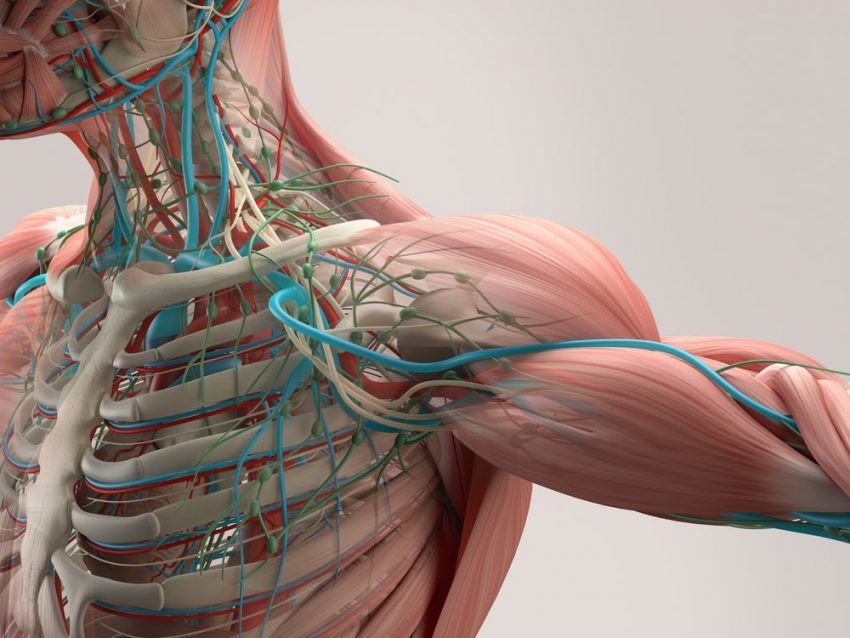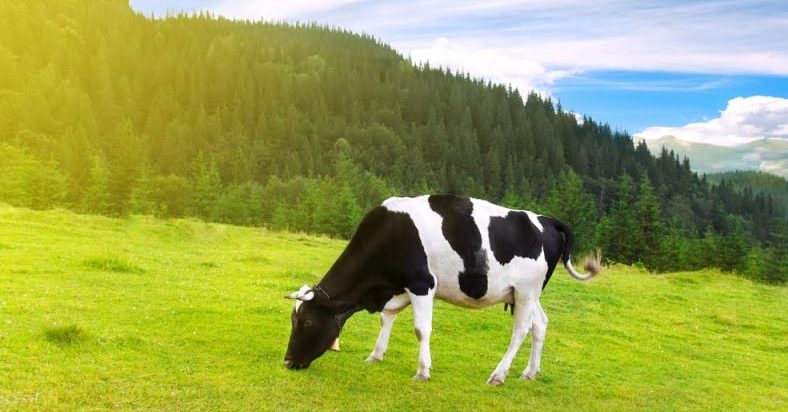The homeothermic animals They are those that maintain a relatively constant body temperature, regardless of the ambient temperature. That its temperature is relatively constant means that it varies but within certain limits.
Most homeothermic animals are birds and mammals. For example: dog, cow, hen, penguin.
Methods to control body temperature regardless of ambient temperature:
- Gasp. It allows to release heat.
- Burn fat. It allows to obtain heat thanks to the chemical energy stored in the fat cells.
- Increase or decrease blood flow. When blood flow is increased, more heat is released. When it is necessary to conserve heat, the body of the homeothermic animal reduces blood flow.
- Shiver. This involuntary movement of the muscles allows the body temperature to increase.
- Sweating. Some animals can secrete sweat on their skin, allowing the elimination of heat.
All of these mechanisms depend on the hypothalamus.
- The advantage for the homeothermic organism it is that it always maintains the most conducive temperature for the chemical reactions that its metabolism must carry out.
- The disadvantage is that thermoregulation implies a little expenditure of energy, requiring a constant consumption of food.

Examples of homeothermic animals

- Human being. Our body temperature always remains between 36 and 37 degrees. When it is too cold, we have the resource of trembling. In addition, blood flow in peripheral areas of the body decreases, which can be seen in the tips of the fingers turning blue. When it is too hot, we have the resource of sweat.
- Dog. Dogs’ mechanisms for maintaining their body temperature include sweating on the pads of their paws and panting. Thanks to the panting, the warm blood is pumped to the tongue where the heat is eliminated in the form of moisture.
- Horse. Both the male horse and the mare maintain temperatures between 37.2 and 37.8 degrees, the limit of their healthy temperature being 38.1 degrees.
- Canaries. Birds do not have sweat glands, that is, they do not have sweat as a resource to lower body temperature. On the contrary, the resources of birds are the radiation of heat through the surface of the skin, the elimination of heat through conduction (contact with objects that are at a lower temperature) and convection, that is, the irradiation of heat in the surrounding air. That is why canaries should always be in well ventilated environments.
- Cow. This mammal maintains a relatively constant temperature around 38.5 degrees. However, the calf (the calf of the cow) maintains a slightly higher temperature: 39.5 degrees. Cows that are raised for their meat tend to have slightly lower temperatures, between 36.7 degrees and 38.3 degrees.

- Australian pheasant. It is the species that makes the largest nest of all birds. The female lays the eggs and the male maintains the necessary temperature for their incubation. In addition to his body temperature, the male is responsible for maintaining the correct temperature of the nest by covering it with litter and sand when the temperature decreases and discovering it when it increases.
- Chickens. The temperature of the hens is kept between 40 and 42 degrees. However, young hens are more dependent on ambient temperature in order to maintain their ideal internal temperature, so they are protected (through ventilation or by placing them indoors) if the ambient temperature is below twelve degrees. or above 24 degrees. As with other birds, the constant body temperature of the hens allows them to hatch their eggs, that is, to transmit an ideal temperature.
- Polar Bear. Polar bears maintain their body temperature at approximately 37 degrees. This implies a huge difference with the ambient temperature of the places where they live, which are sometimes less than 30 degrees below zero. They can keep their internal temperature isolated from the external temperature thanks to thick layers of hair, skin and fat.
- Penguins. Flightless bird that can reach up to 120 cm in height. The males are the ones that incubate the eggs, during which time they do not feed, so they must obtain their food from their large fat reserves. At the beginning of the breeding season the weight of the males is 38 kg and at the end it is 23 kg. They live in colder environments than any other bird, reaching ambient temperatures of 20 degrees below zero on average, and minimum temperatures of 40 degrees below zero. However, they keep their body temperature constant thanks to their plumage that forms several layers on their skin, having a higher density of feathers than all other birds.
